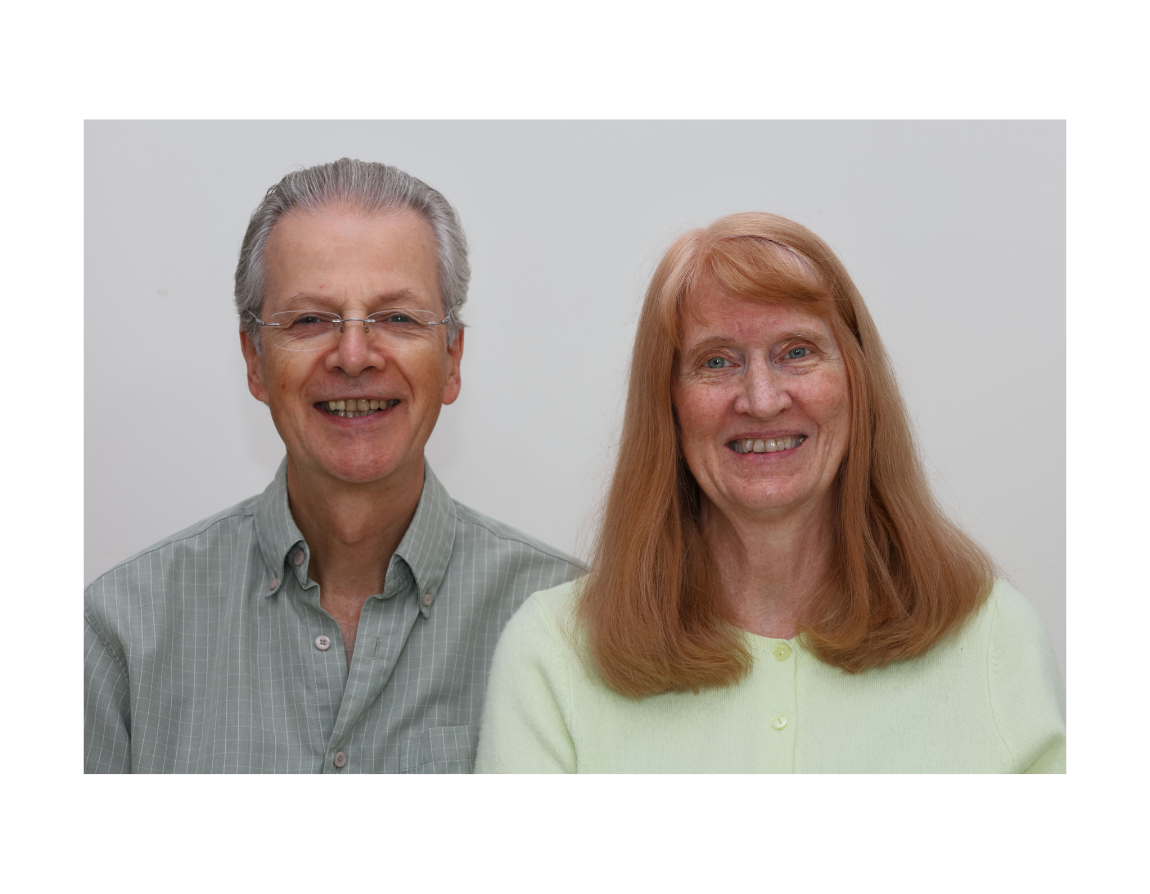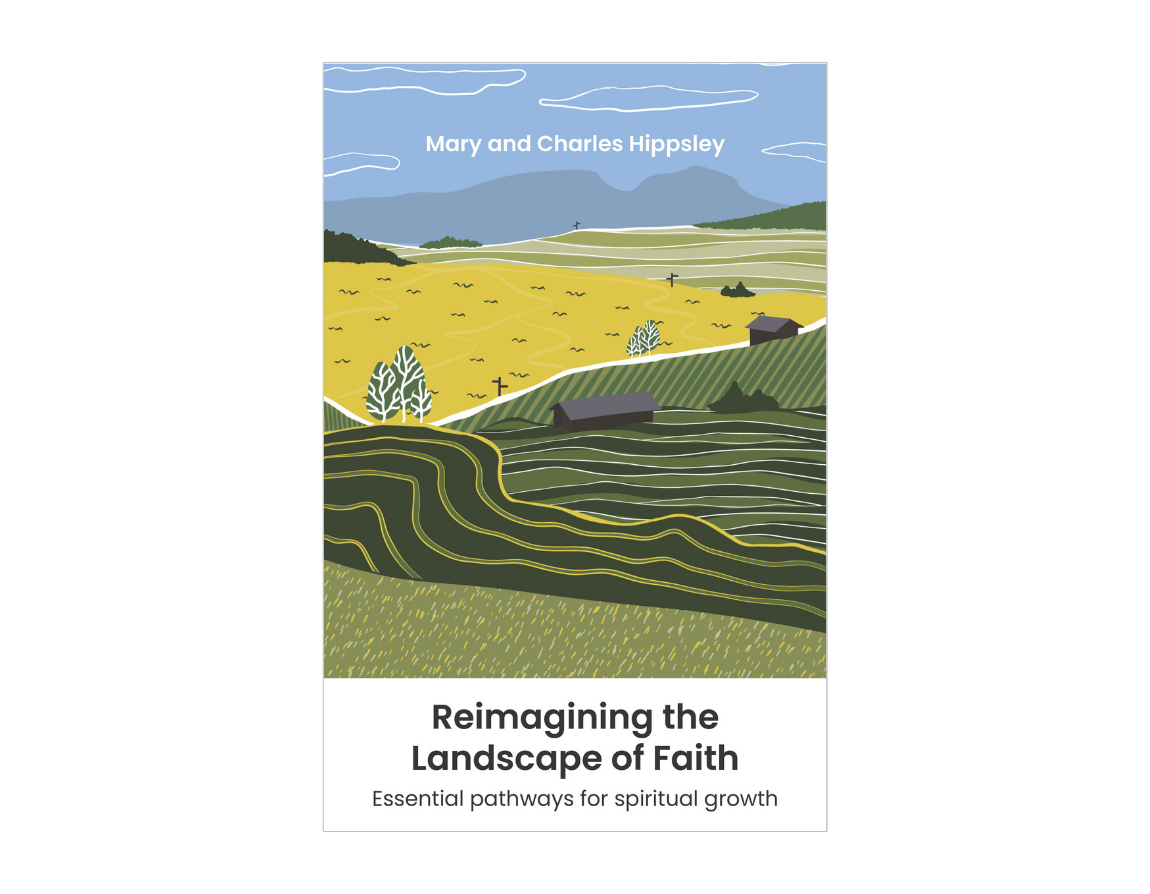Mary Hippsley continues her introduction to Reimagining the Landscape of Faith, written with her husband Charles and published by BRF Ministries on 24 January.
2 February 2025
Disrupted faith
One day I completely lost one of my most valued landmarks, one by which I had always navigated my way on the faith journey. Despite having enjoyed a rich sense of the presence of God all my life, on an unassuming summer’s day some years ago, that sense completely and inexplicably disappeared. My entire landscape of faith changed in an instant.
I think it’s fair to say that most of our faith-maps don’t include a route along which we might face our struggles without a felt sense of God or the security and love he brings. But while I never doubted the theological truth that God was alive and well, or even that God loved me, for the first time in my life, I simply couldn’t feel the reality. The radio frequency of our contact, which had previously been easy to tune into, had now defaulted to white static noise.
Though baffling, there was a deep inner sense that I hadn’t irretrievably sinned or broken some higher spiritual law. I concluded that God had perhaps withdrawn his felt presence from my life for a purpose. But it was a purpose I couldn’t yet possibly fathom. Being plunged into a steep learning curve, I found out, like many others caught up in disoriented faith patterns, that church and everything about one’s Christian existence is quite a dull place when God is no longer felt to be in the picture. And none of my previous landmarks made any sense.
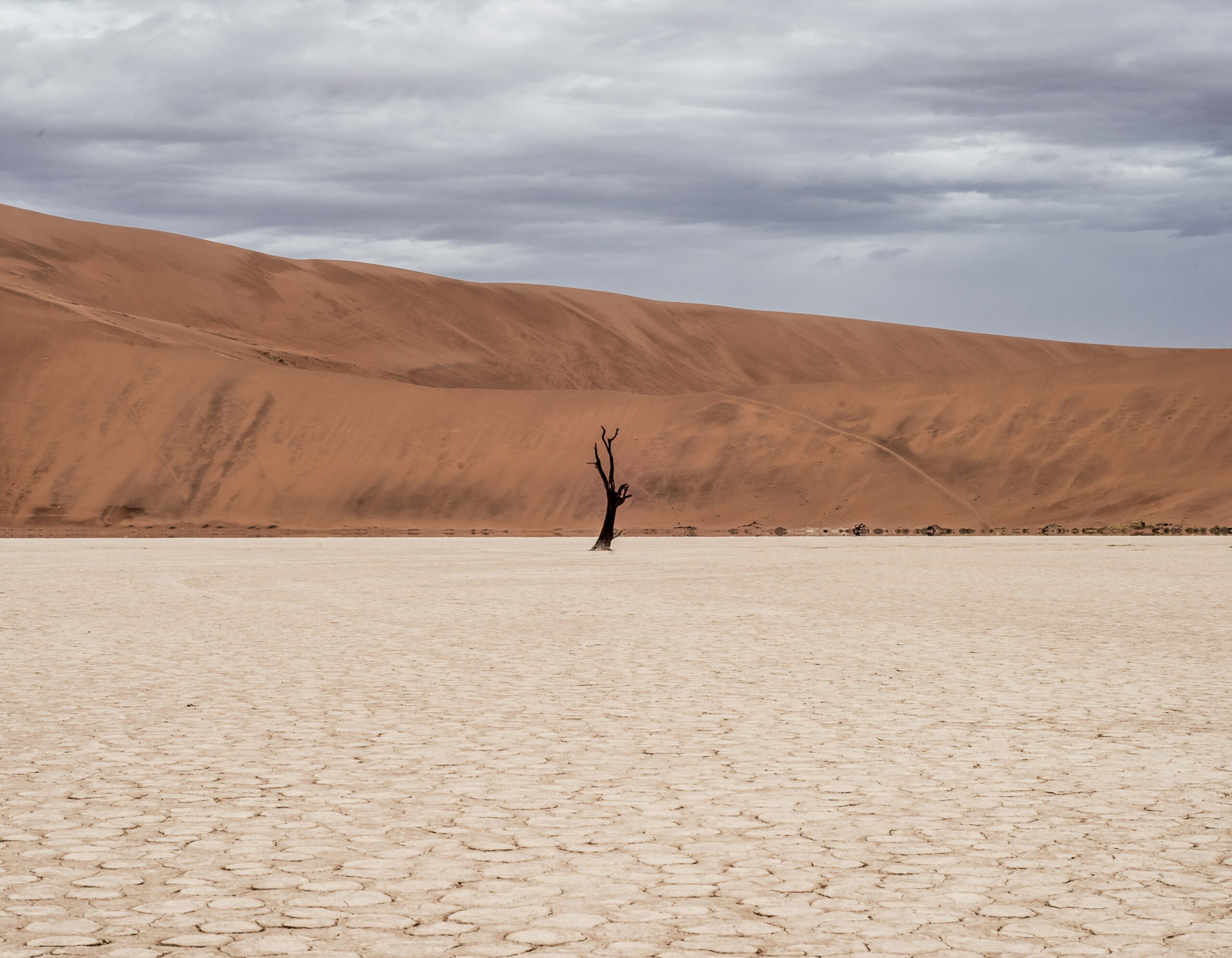
Everything about one’s Christian existence is quite a dull place when God is no longer felt to be in the picture.
A lost community
Any experience of disrupted faith also affects our sense of shared faith within our Christian communities. Up until then, I thought I had a mainly fruitful relationship with God. But I didn’t realise the extent to which that had been shaped, reinforced and enabled by the mutual faith I shared with like-minded Christians. Now that I was walking a path which others couldn’t understand, rather like Job’s friends, my usual sources of wisdom and fellowship couldn’t really help. They seemed as clueless as I was about how I had got lost or how to rectify the situation.
And so, I fell out of ‘fellowship’ and lost friends – like the psalmist expresses:
I am set apart with the dead,
like the slain who lie in the grave,
whom you remember no more,
who are cut off from your care.You have put me in the lowest pit,
in the darkest depths.
Your wrath lies heavily on me;
you have overwhelmed me with all your waves.
You have taken from me my closest friends
and have made me repulsive to them.
I am confined and cannot escape.
A strange new landscape
Although I had little idea of the way forward, slowly, almost imperceptibly, new landmarks began to appear on the horizon of what felt to be a bleak wilderness – landmarks that I found I could use to help me navigate this strange new landscape. These included a strong inclination to pay closer attention to my personal experience, to consult the wisdom of Christian traditions outside my own, and to study a wider variety of scriptures and biblical characters which, until now, had not seemed particularly relevant.
Abraham, Moses and the fledgling nation of Israel were all tested in the heat of the wilderness or desert, as were Elijah, John the Baptist and Jesus himself. Even today, desert environments test the human spirit like few other places, teaching wanderers how to survive in harsh circumstances, underlining human vulnerability and powerlessness. Similarly, in spiritual terms, being plunged into such bewildering landscapes strips back the Christian pilgrim’s expectations about their own self-sufficiency and challenges the props and assumptions that underlie the proclamation or practice of their faith.
The desert is a place where the reality underneath our self-curated portraits begins to emerge with terrifying impact.
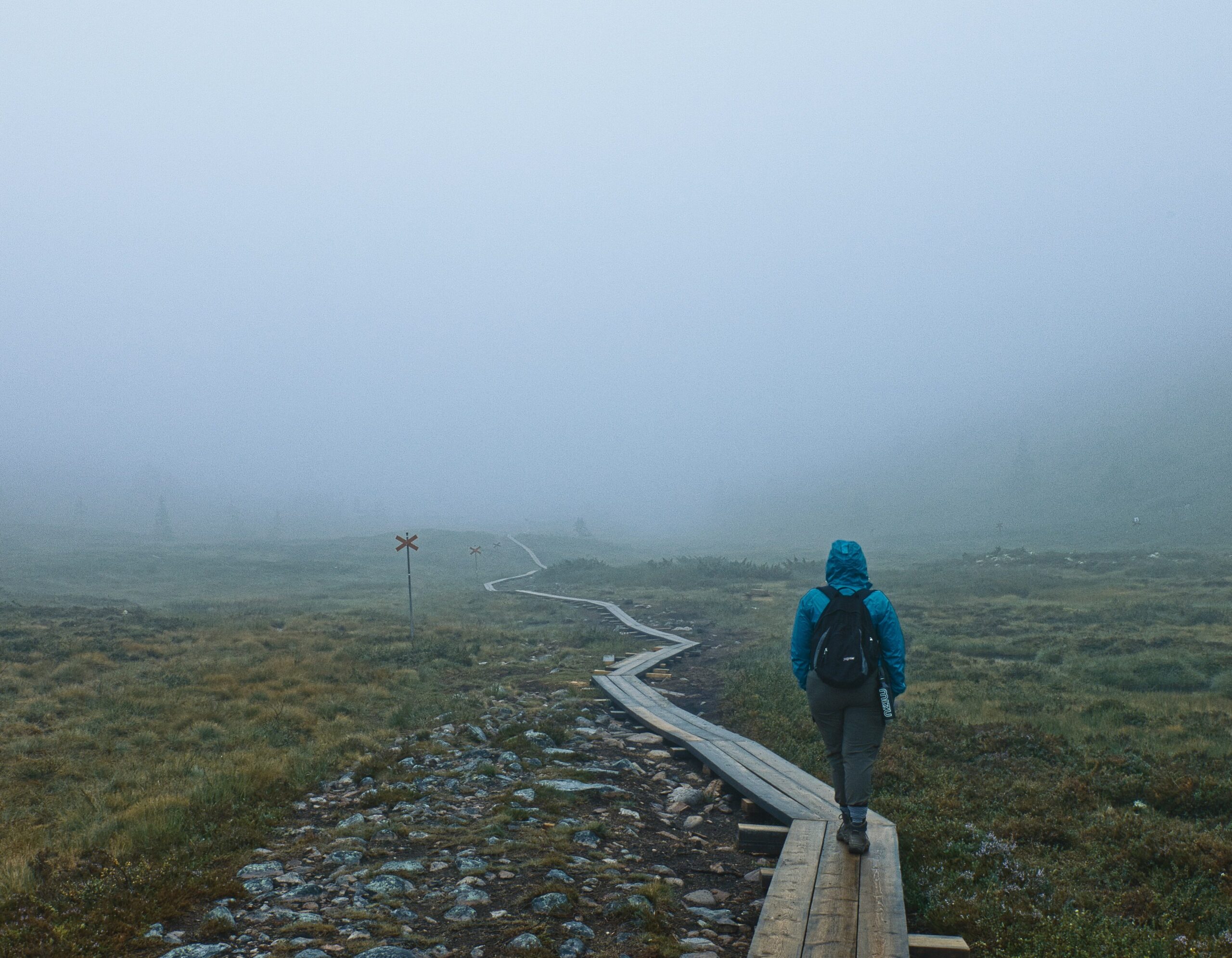
Bewildering landscapes strip back the Christian pilgrim’s expectations about their own self-sufficiency.
Seeking God in dark places
I found that biblical figures such as Jacob, Joseph, Jonah and Job all had to discover the unattractive reality of who they really were, both as human beings and God-fearers. And yet collectively, they are great examples of seeking a sense of God’s presence or purposes while continuing in ‘dark places’.
As for trying to find our way in the dark, how many of us realise that some of the most significant aspects of Jesus’ life occurred in the darkness of the womb, the tomb, and most acutely through the crisis of experiencing God’s seeming desertion during his crucifixion. The very heart of the Christian gospel after all is a moment of dereliction, loss, tragedy, emptiness and seeming meaninglessness. Christ went into the void, which makes it all the more surprising that his disciples today don’t expect to share in these kinds of experiences, even if only symbolically through learning to surrender our self-oriented perspectives and choices.
All this time I had been asking, ‘What possible purpose could God have with regards to my spiritual formation in such a time of disorientation?’ Slowly I was catching on to the fact that this painful and drawn-out phase of my faith walk might turn out to be a highly significant turning point. An opportunity – no, an invitation – to change my perception of both God and myself.
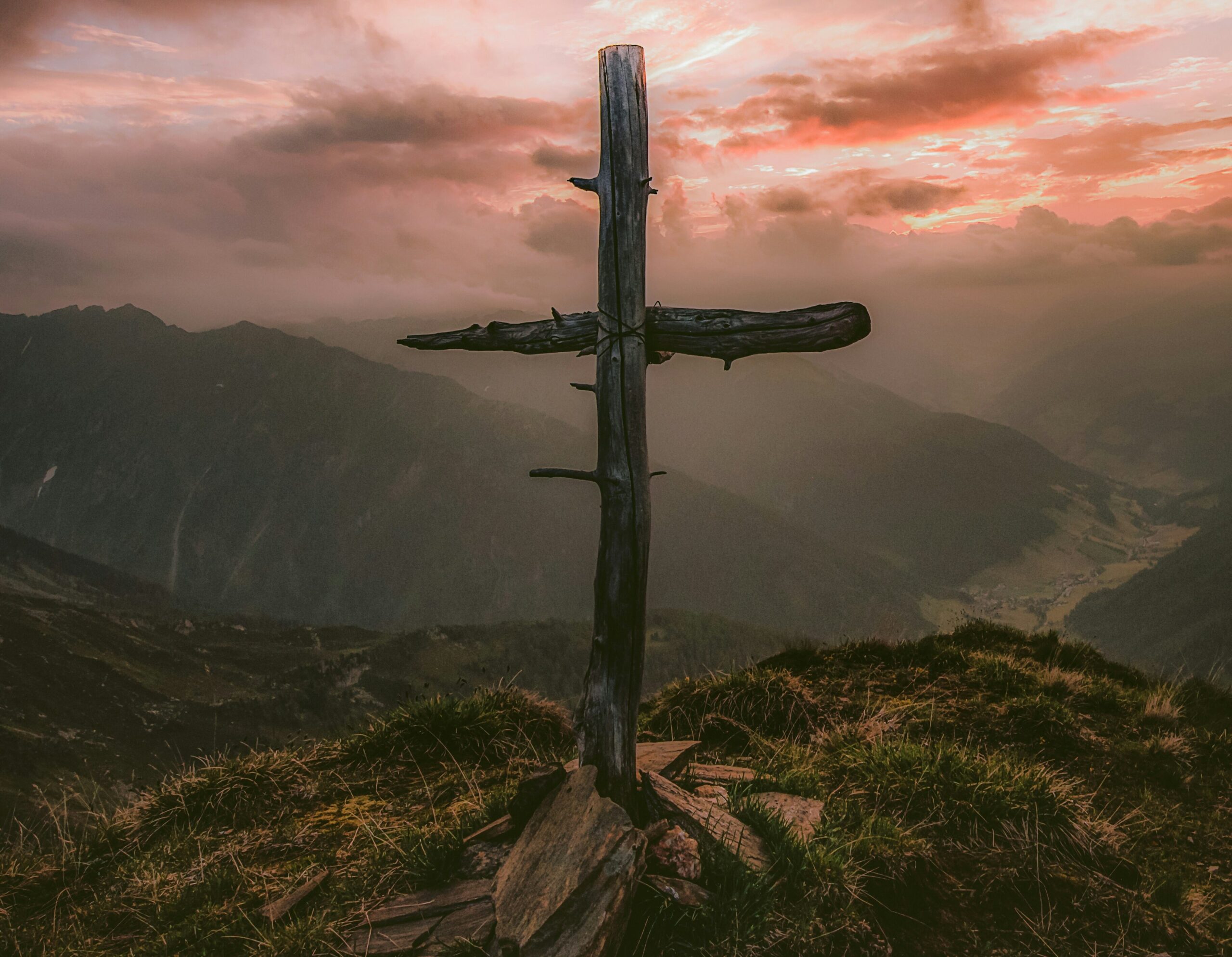
The very heart of the Christian gospel after all is a moment of dereliction, loss, tragedy, emptiness and seeming meaninglessness.
God’s longer-term plan
It seems that God operates a more comprehensive, longer-term plan to draw us further and deeper into who he really is. He desires freedom for us, freedom to perceive a more expansive spiritual landscape.
For instance, having been raised with a comfortable cosy picture of my ‘best friend’ Jesus, as my original map was challenged, I began to engage more with a sense of the cosmic Christ, the co-creator and sustainer of all creation, the God who is ‘the ground of my being’. I therefore became more aware and appreciative of the God who could be found beyond church, within nature and in secular contexts, as well as within my Christian community.
I didn’t seek this change, it just slowly evolved. And with it, tracks were laid for a far deeper experience of God in the future as well.
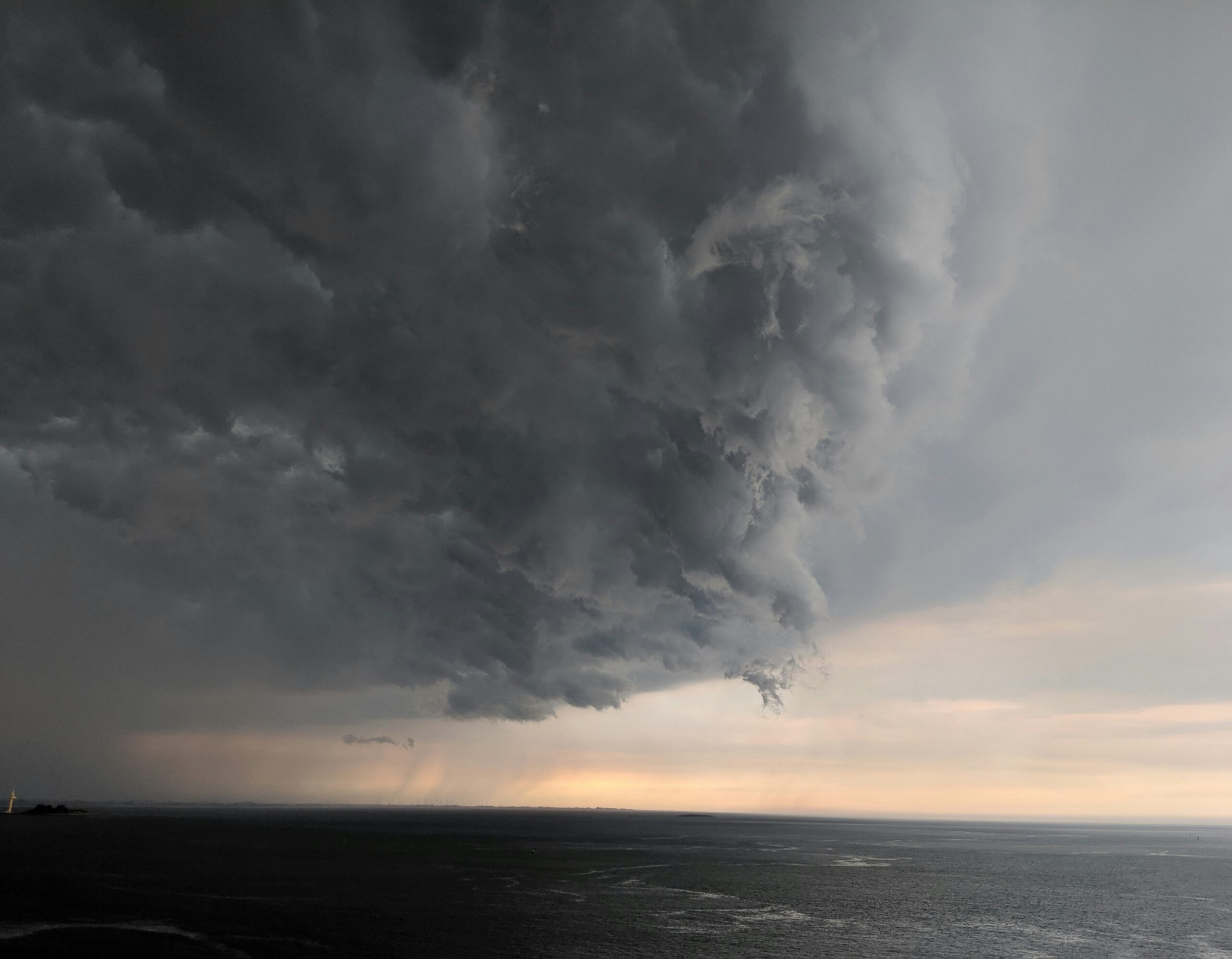
I became more aware and appreciative of the God who could be found beyond church, within nature and in secular contexts.
Welcome the challenges
Perhaps that is why James tells his readers to welcome their ‘trials’, because ‘you know that the testing of your faith produces perseverance. Let perseverance finish its work so that you may be mature and complete, not lacking anything’. So, it seems that these challenges to our faith are to be recognised and interpreted as an important part of the way we grow in maturity, not giving in, not losing hope, but staggering on, however uncertainly.
To test James’ exhortations, I began to consider what Jacob’s night-long wrestling match with God was all about. I reflected on how he was meant to benefit or grow from this significant encounter. What strikes me is that Jacob walked away with a much bigger, more complete picture of God, and perhaps a sneaking respect he hadn’t originally possessed for both God’s power and his personhood. But Jacob also emerged into the dawn with a new sense of his own personhood, being given a new name and future role.
And like Jacob, I also crawled into the dawn of my own next stage of faith sporting a kind of ‘limp’. No doubt a symbol representing a self which was more realistic about my own self-oriented impulses. A humility designed to help me see through and beyond the illusion of self-sufficiency or self-constructed certainty. A continual reminder perhaps that there is a much-needed process of identifying what we are most attached to within our self-serving illusions or idols so we can wholeheartedly learn how to surrender them to God.
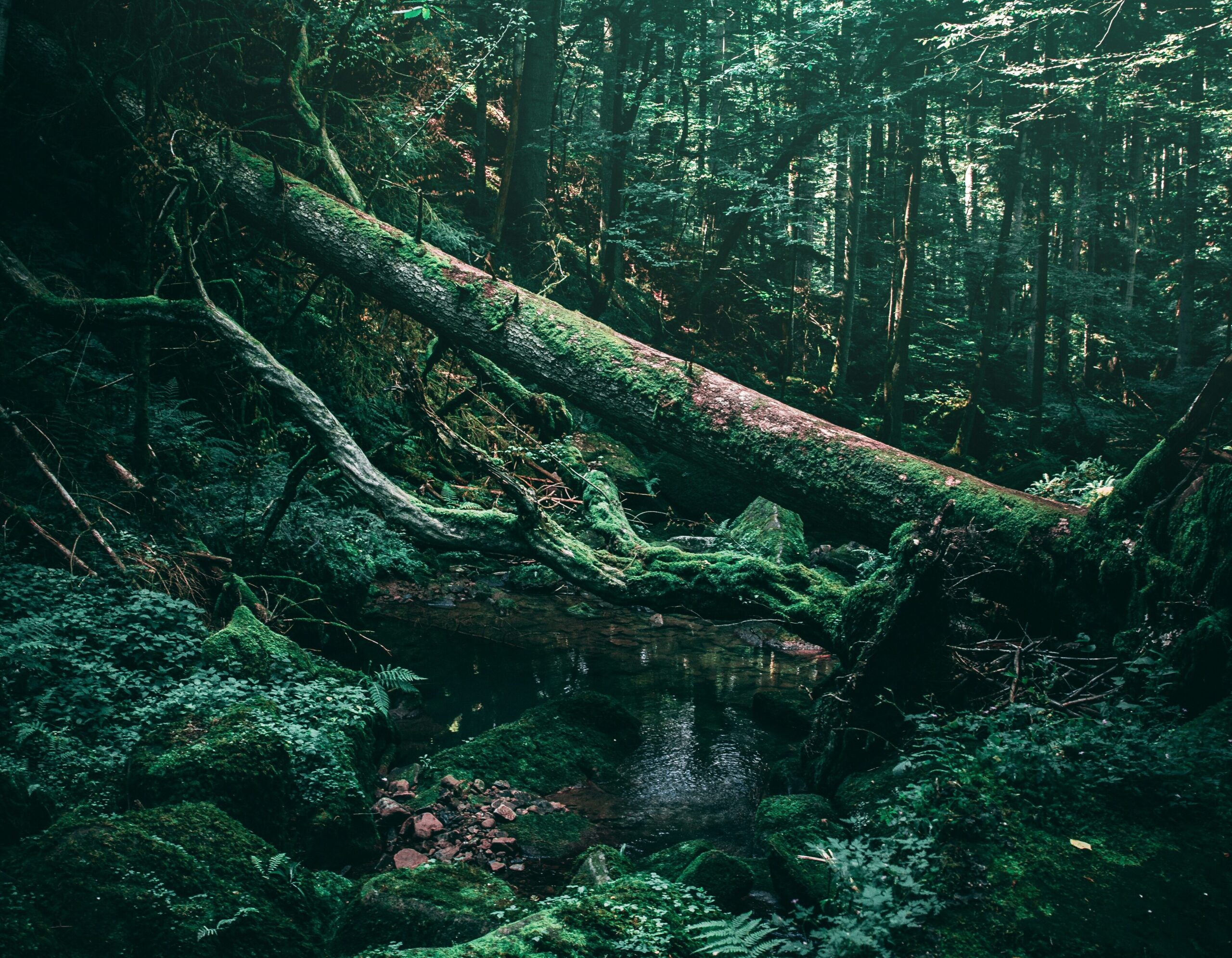
Reading Reimagining the Landscape of Faith might provide the right ‘clearing in the woods’ you long for.
Some questions to ask
My story is my story and will not necessarily reflect whatever you may be struggling with. However, some questions worth considering when faced with phases of life when you feel lost, are struggling in spiritual darkness, or are confused and discouraged might be:
- When you have struggled to understand God’s purposes in demanding or distressing circumstances, what is your strategy for tackling your questions, doubts or reactions?
- How do you feel about submitting to the ‘crucible’ of transformation by following Jesus through dark and bewildering terrain?
- What might be standing in the way of the change of heart or mind needed to enable you to reimagine your landscape of faith?
If you’re not sure how to begin to address these questions, reading Reimagining the Landscape of Faith might provide the right ‘clearing in the woods’ you long for… to stop for a while, sit down on a fallen tree, and consider things from the different angles needed to make sense of your present experience.
Who knows? You might depart that clearing with new vision to embrace the hard work of knowing yourself as God knows you – only to find the darkness gradually melting away as you emerge into a new day.

